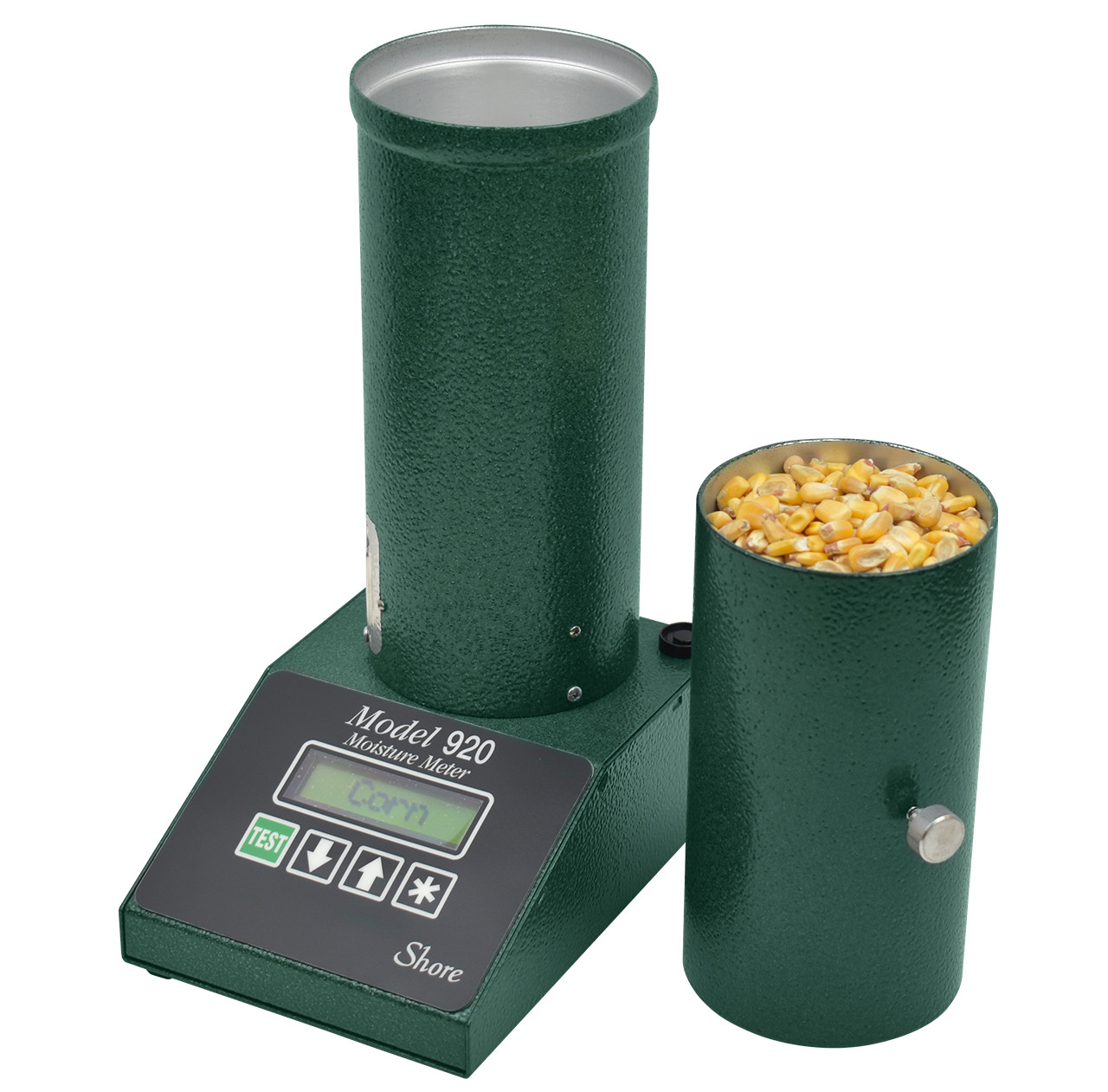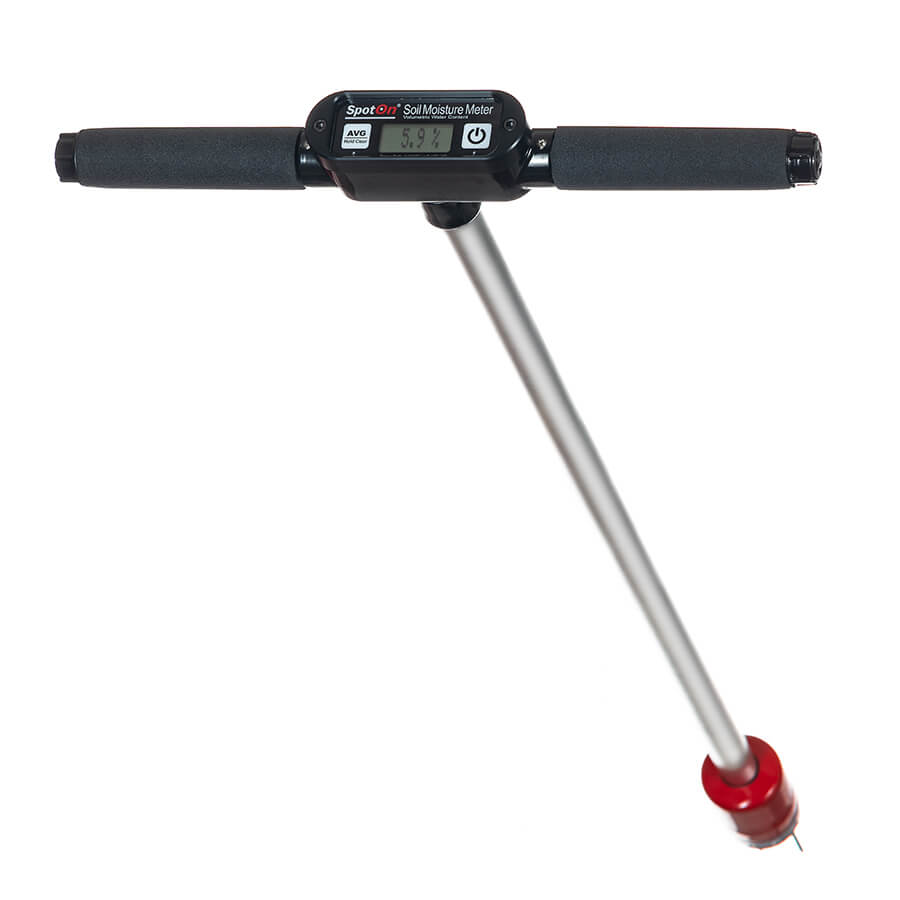Why Every Home Owner Demands a Moisture Meter: Trick Advantages and Features
Why Every Home Owner Demands a Moisture Meter: Trick Advantages and Features
Blog Article
The Ultimate Guide to Moisture Meters: A Comprehensive Overview and How They Can Conserve You Cash
In the world of building upkeep, construction, and numerous sectors, the relevance of accurately measuring dampness degrees can not be overstated. Moisture meters function as important tools in spotting and keeping track of moisture content in materials, aiding in preventing pricey damages and guaranteeing the high quality of products. Recognizing the nuances of different kinds of dampness meters, their applications, and the possible cost-saving benefits they offer can be a game-changer for organizations and specialists alike. Finding how these gadgets can not only streamline procedures however also add to financial cost savings is a journey worth embarking on.
Kinds of Moisture Meters
One typical kind is the pin-type dampness meter, which determines the electric resistance in between two pins inserted into a material. Pinless moisture meters, on the other hand, use electro-magnetic sensing unit plates to check a larger area without triggering damages to the product's surface area.
Infrared dampness meters determine the thermal properties of a product to establish its wetness content non-invasively, making them beneficial for applications where pin or pinless meters might not be ideal. Recognizing the various kinds of wetness meters readily available can aid markets choose the most ideal tool for their specific moisture dimension needs.

Advantages of Making Use Of Moisture Meters

Furthermore, using dampness meters can lead to enhanced energy efficiency. In agricultural settings, wetness meters play an important function in maximizing crop yields by allowing farmers to check soil dampness levels and make informed irrigation decisions.
How to Pick the Right Moisture Meter
Selecting the suitable moisture meter entails taking into consideration vital aspects such as material compatibility, dimension variety, and calibration accuracy. When picking a wetness meter, it's essential to make certain that the meter appropriates for the certain material you will be screening. Different materials have varying electrical properties that can impact moisture readings, so picking a meter developed for your product is important for accurate results. In addition, take into consideration the dimension variety of the wetness meter. Make certain that the meter can identify wetness degrees within the variety required for your applications. Calibration accuracy is another essential factor to bear in mind (Moisture Meter). Go with a dampness meter with reliable calibration to ensure accurate and consistent readings. Some meters may need routine calibration modifications, so understanding the calibration procedure is very important. By thoroughly examining these aspects, you can select a dampness meter that meets your requirements and offers precise wetness dimensions for your tasks.
Appropriate Techniques for Moisture Meter Usage
To ensure precise moisture readings and make the most of the efficiency of a moisture meter, using correct strategies is vital. When using a pin-type wetness meter, insert the pins or probes into the product being evaluated till they make complete contact. By complying with these proper techniques, customers can depend on their moisture meter to provide trustworthy moisture degrees, aiding in protecting against expensive damages or ensuring top quality in various applications.

Price Financial Savings Via Moisture Meter Applications
Just how can the calculated use of moisture meters bring about considerable cost savings throughout various industries? Moisture meters play a vital function in price financial savings by stopping possible damages and guaranteeing high quality control in different sectors. In the farming market, moisture meters help in figuring out the optimum time for gathering crops, protecting against excess or over-drying moisture that can influence the final product's quality. This exact monitoring aids farmers prevent unneeded losses and maximize their Learn More yield.

In addition, in the food handling market, moisture meters are important for keeping track of product quality and making certain conformity with security policies. By accurately gauging dampness web content in food, producers can prevent perishing, preserve freshness, and lower waste, causing considerable cost financial savings. Generally, the tactical application of moisture meters is a useful investment that can lead to significant cost decreases and enhanced efficiency throughout numerous industries.
Conclusion
To conclude, moisture meters are beneficial tools for detecting and determining dampness levels in different products. By utilizing the ideal moisture meter and complying with appropriate strategies, individuals can properly prevent expensive problems triggered by excess wetness. Spending in a quality wetness meter can lead to significant expense savings in the long run by determining possible concerns at an early about his stage and making it possible for punctual remediation. Eventually, moisture meters are necessary tools for maintaining the integrity and durability of frameworks and products.
Wetness meters offer as crucial devices in identifying Read Full Article and monitoring moisture content in products, assisting in preventing costly damages and ensuring the quality of items. Infrared dampness meters determine the thermal buildings of a product to establish its wetness content non-invasively, making them useful for applications where pin or pinless meters might not be appropriate.Moisture meters offer very useful benefits in precisely checking and examining moisture degrees in varied products and environments. In farming settings, dampness meters play a vital role in maximizing crop returns by allowing farmers to check soil dampness levels and make educated irrigation choices.In final thought, moisture meters are useful devices for measuring and discovering moisture levels in various materials.
Report this page